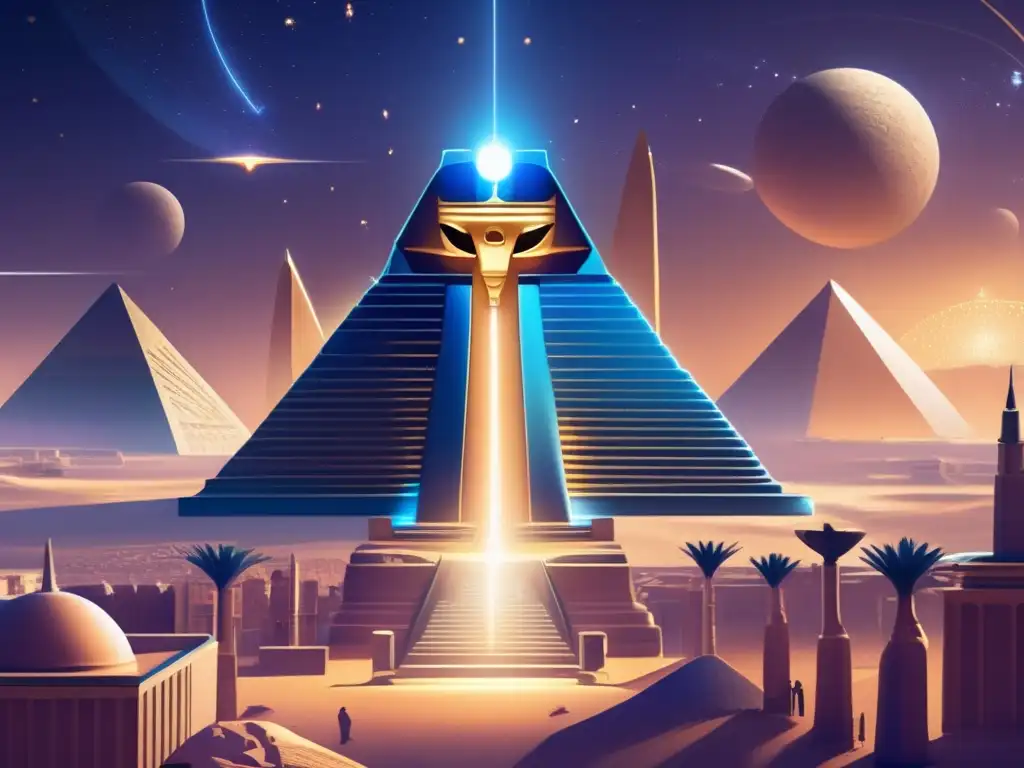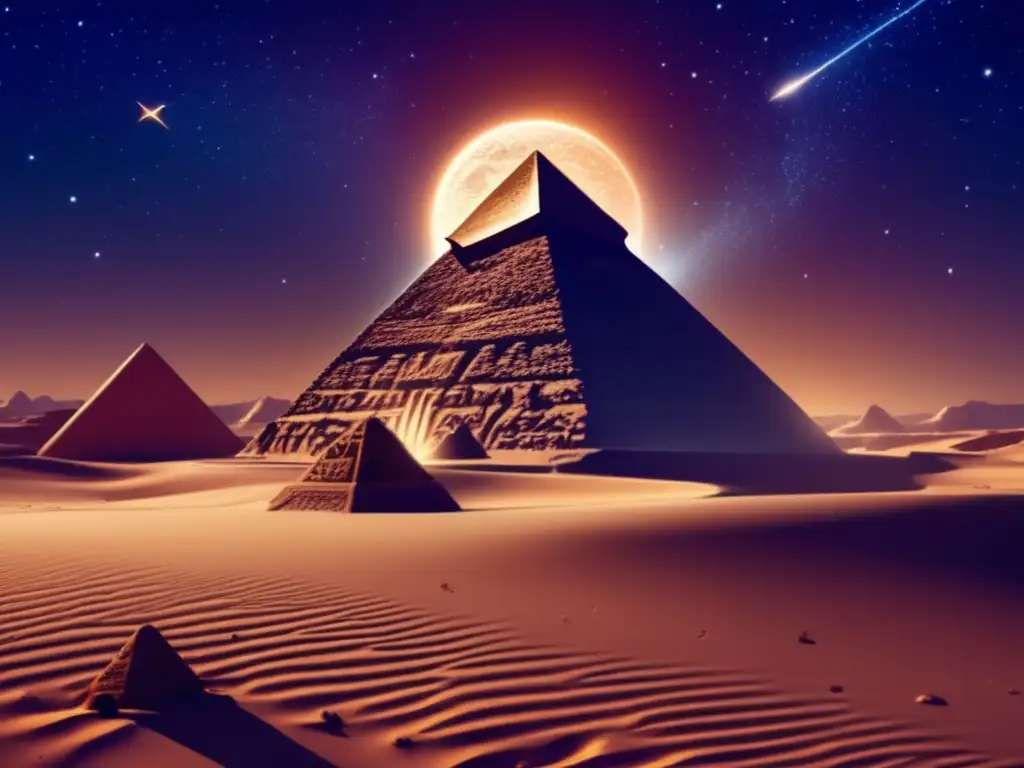Pharaohs And Falling Stars: Asteroids In Egyptian Hieroglyphics

Introduction
Asteroids have been a subject of fascination for humans for millennia. From the ancient beliefs that saw them as celestial beings to modern discoveries that have helped us learn more about our universe, asteroids continue to capture our imagination. The ancient Egyptians, with their rich mythology and culture, were no exception. In this article, we will explore the role of asteroids in Egyptian hieroglyphics and what they symbolized to this ancient civilization.
The Importance of Astronomy in Ancient Egypt

Ancient Egyptian Cosmology
Ancient Egyptians believed that the universe was divided into two realms: the sky and the earth. The sky was represented by the goddess Nut, while the earth was represented by the god Geb. The sun was also an important entity to the ancient Egyptians. They believed that the sun traveled across the sky on a boat during the day and entered the underworld at night. The gods of the Underworld, such as Osiris and Anubis, were responsible for guarding the sun during its journey.
The Role of Astronomy in Religion
Astronomy played a vital role in ancient Egyptian religion. The movements of the stars and planets were seen as the physical manifestation of the gods and their powers. The ancient Egyptians believed that the stars could confer special properties upon individuals born under their influence. For example, persons born under Sirius were believed to be destined for greatness, while those born under the constellation Orion were thought to be strong and courageous.
Astronomy and Agriculture
Astronomy was also important in ancient Egypt for agricultural purposes. The Nile river flooded every year, providing fertile soil for crops. To determine when to plant and harvest crops, ancient Egyptians relied on astronomical observations. They used the heliacal rising of Sirius, which occurs shortly before the Nile floods, as a signal to start planting their crops.
Asteroids in Egyptian Hieroglyphics

The Symbolism of Falling Stars
Falling stars or meteors were known as "tears of the gods" by the ancient Egyptians. They believed that when a falling star was spotted, a god had shed a tear for humanity. Falling stars were seen as a divine message or warning, and their appearance was often recorded in hieroglyphics.
Asteroids as Symbols of Destruction and Rebirth
Another interpretation of asteroids was that they symbolized destruction and rebirth. The ancient Egyptians believed that the universe went through cycles of creation and destruction. Asteroids, with their potential to collide with planets and cause immense damage, were seen as harbingers of destruction. However, they also believed that destruction was necessary for rebirth. Therefore, asteroids were often depicted in hieroglyphics alongside symbols of renewal, such as the Ankh and the Bennu bird.
The Role of Asteroids in Egyptian Mythology
Asteroids played a significant role in Egyptian mythology. The goddess Nut, who represented the sky, was said to have given birth to the stars. The story goes that Nut swallowed the sun each evening and gave birth to it again each morning. The stars were said to be the children of Nut and Geb. Some hieroglyphics show Nut giving birth to the stars while surrounded by falling stars or meteors.
Frequently Asked Questions

-
Did the ancient Egyptians know what asteroids were?
The ancient Egyptians did not have the same knowledge of asteroids as we do today. However, they were aware of the existence of falling stars and meteors, and they recorded their observations of these phenomena in hieroglyphics.
-
Did the ancient Egyptians use asteroids for practical purposes?
Asteroids were not used for practical purposes by the ancient Egyptians. However, their astronomical observations helped them determine the best time to plant and harvest crops.
-
Were asteroids seen as positive or negative omens by the ancient Egyptians?
Asteroids were seen as both positive and negative omens by the ancient Egyptians. Falling stars were seen as divine messages or warnings, while asteroids were often associated with destruction and rebirth.
-
What other celestial objects were important to the ancient Egyptians?
The sun, the moon, and the stars were all important celestial objects to the ancient Egyptians. They believed that the movements of these objects reflected the actions of the gods.
-
Are there any modern-day references to asteroids in Egyptian culture?
While asteroids are not a prominent feature of modern Egyptian culture, their symbolism can still be seen in some contemporary art and literature.
Conclusion
Asteroids played a significant role in ancient Egyptian culture, particularly in their hieroglyphics. Falling stars were seen as divine messages or warnings, while asteroids symbolized destruction and rebirth. Understanding the role of asteroids in ancient Egyptian cosmology and mythology provides us with a glimpse into the beliefs and values of this fascinating civilization.
If you want to delve deeper into the subject, consider checking out the following resources:
 Asteroids In Islamic Mythology: From Symbolism To Prophecy
Asteroids In Islamic Mythology: From Symbolism To Prophecy Whispers Of The Cosmos: Asteroids In Early Russian Folklore
Whispers Of The Cosmos: Asteroids In Early Russian Folklore The Stone From Heaven: Asteroids In Aboriginal Dreamtime Stories
The Stone From Heaven: Asteroids In Aboriginal Dreamtime StoriesIf you want to discover more articles similar to Pharaohs And Falling Stars: Asteroids In Egyptian Hieroglyphics, you can visit the Asteroid Mythology category.
Leave a Reply

Articulos relacionados: